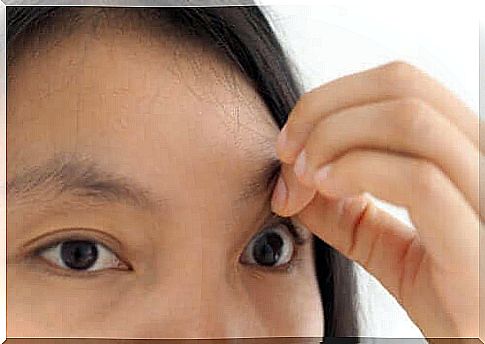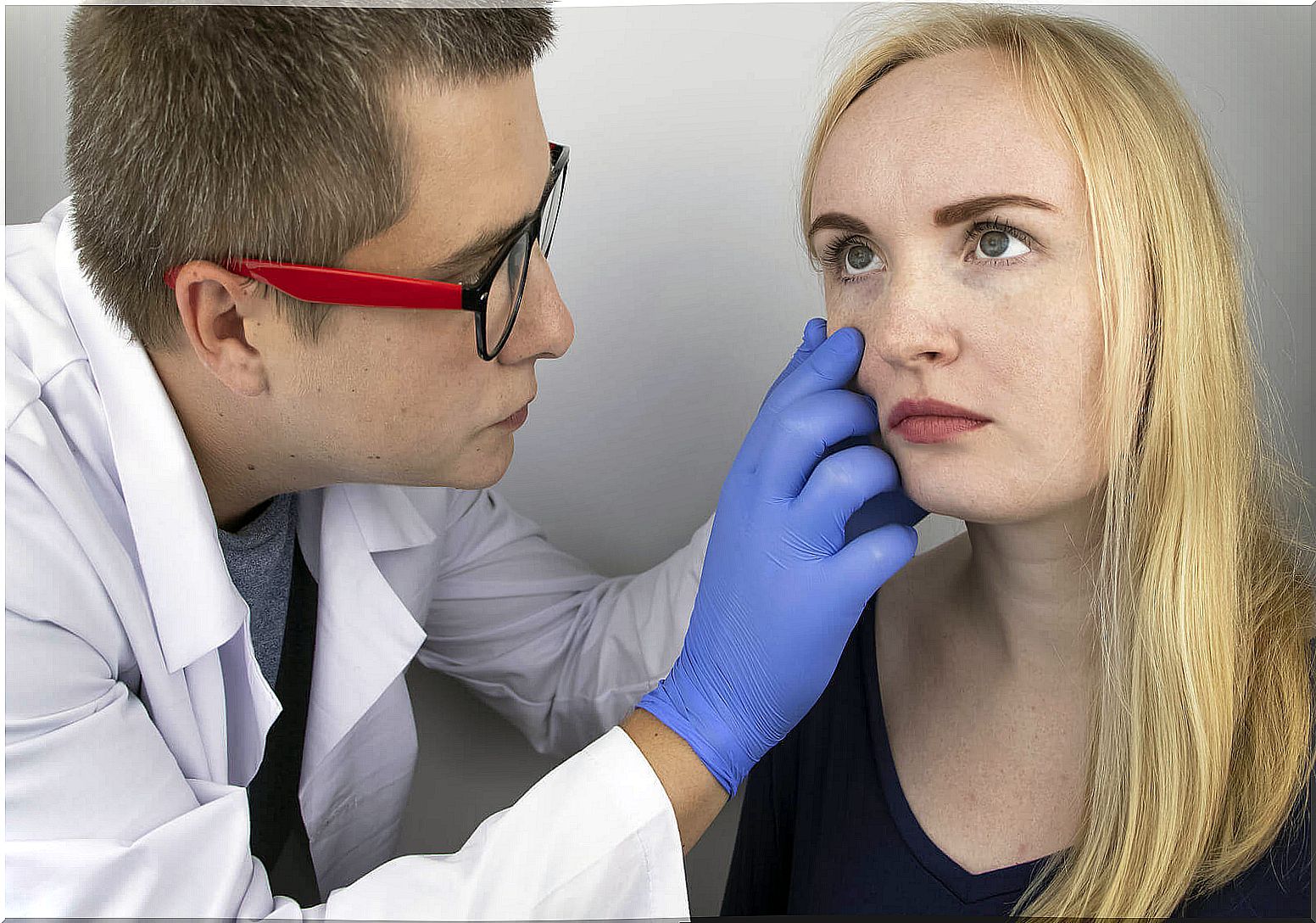Macular Hole: Symptoms And Treatment

Macular hole is an eye disease that, as the name suggests, affects the macula. It is the central and most important part of the retina as it provides us with the visual faculties needed to read, drive and see our surroundings in detail. As you can imagine, trauma at this point causes the patient’s visual acuity to deteriorate.
According to studies from the Faculty of Sciences in Alicante, macular hole is much more common after the age of 60 and affects 3 in 1000 inhabitants. It is characterized by a marked increase in frequency due to gender, as it is more common in women than in men – in a ratio of 3 to 1.
Macular hole – what is it?
According to the University of Navarre Clinic (CNS), a macular hole is medically defined as a small circular hole in the macula of the eye. The macula is the central area of the retina. It is a light-sensitive tissue that captures light stimuli and picks up images that will be sent to the brain.
While a macular hole is normal trauma, macular degeneration can naturally occur with age. It causes very similar symptoms in the patient, which we will discuss in more detail later in this article.
The stages characterizing the macular hole are as follows:
- First degree: The center fovea is the depression in the center of the macula. At this stage, the fovea is detached, but without creating a complete retinal opening. Without treatment, half of these conditions will develop and progress to the next degree.
- Second stage: A small, full retinal opening is detected in the fovea of the retina. Without treatment, approximately 70% of cases will progress.
- Third degree: the hole size increases, starting at about 400 microns.
- Fourth degree: Vitreous humor is the jelly-like substance found inside the eye. In this phase, the macular hole is associated with posterior vitreous detachment.
As you can imagine, symptoms will vary depending on the severity of the condition. The size of the opening and its location on the retina determine the degree of visual impairment in the patient.
Macular hole – why does it arise?
According to the previously mentioned sources, there are two types of macular holes due to the characteristics of the lesion. Below you will find a slightly more detailed description.
1. Idiopathic macular hole
It is also called senile because it affects patients between the ages of 50 and 70 with or without normal refractive errors and no accompanying systemic pathologies. The vitreous body disorganizes and shrinks with age.
Therefore, this modification can pull the macula, which ends in lesion formation. As pointed out by the National Eye Institute (NIH) , up to 15% of patients who develop an idiopathic macular hole are at risk of developing it in the other eye over time.

2. Secondary macular hole
Macular holes may also appear as a secondary consequence of previous disease or damage. For example, a patient with severe myopia or after an eye injury, retinal detachment, or cystic macular edema is at greater risk of suffering from this type of injury.
However, only 1% to 9% of eye injuries result in a Traumatic Macular Hole (TMA). Interestingly, in young people, this type of opening may close on its own.
Symptoms that should not be ignored
The American Society of Retine Specialists (ASRS) shows us some of the most common clinical signs that appear in conjunction with a macular hole. In most cases (unless the cause is direct trauma) the symptoms develop gradually so the patient will gradually notice that his eyesight is deteriorating.
In addition to this visual difficulty, some will notice that the straight lines that make up objects begin to bend. The types of distorted vision discussed here are called metamorphopsies, and dark areas (scotomas) may appear in your visual field.
How to diagnose
The first step to finding a macular hole is to see an ophthalmologist as soon as possible. This will allow the use of special drops in the affected eye. These will widen the pupil and allow specialists to inspect the structure of the eye in detail. Then optical coherence tomography (OCT) methods are used.
OCT relies on optical coherence interferometry to obtain tomographic images of the patient’s fundus tissue. It is very similar to an ultrasound, except that instead of sound waves, light is used to map the inner parts of the eye.
Treatment
The American Academy of Ophthalmology (AAO) introduces us to the general treatment of the macular foramen. Treatment depends largely on the progression of the disease and the place of its appearance.
In stages 2 to 4, treatment is surgical. A vitrectomy is used, which is an operation to remove the vitreous that causes the eye macula to protrude. The procedure is performed under local outpatient anesthesia with the use of the following instruments:
- Fiber optic light for illuminating the retina.
- Irrigation cannula to maintain intraocular pressure.
- An instrument that cuts and removes excess vitreous humor.
This procedure is definitely minimally invasive as it is performed through a series of very small strategic incisions. After removing excess vitreous fluid, the surgeon places a type of gas bubble that allows the macula to stay in place and stabilize while the eye heals.

Risk and postoperative treatment
According to the Institute of Ocular Microsurgery (IMO), there is a 15% chance that the macular hole will reopen over time. In addition, patients should keep the following in mind if they intend to undergo surgery:
- It is very possible that your eye will hurt after the surgery. You may need to take your medications for a short time.
- The face needs to be kept in the same position for up to a week or more to keep the gas bubble in place. Therefore, you cannot lead a normal life.
- You cannot travel by airplanes or climb mountains until the gas bubble has dissolved. Any activity that modifies the intraocular pressure may jeopardize the outcome of the surgery.
- In addition to all these considerations, keep in mind that healing is gradual. This is because the macular hole doesn’t close overnight.
The percentage of vision that the patient will regain depends on the size of the lesion and the length of time it was present. But surgery won’t necessarily fix your eyesight one hundred percent.
The condition is not serious, but recovery is slow
As you may have noticed, macular hole is not a serious clinical condition. However, the recovery process after surgery is quite slow and cumbersome. The very fact that the patient has to keep the head in the same position for more than 7 days is a serious challenge for some.
Therefore, before proceeding with the operation to remove the macular hole, you should plan your activities carefully and inform the environment. In any case, don’t let more time pass than necessary.









